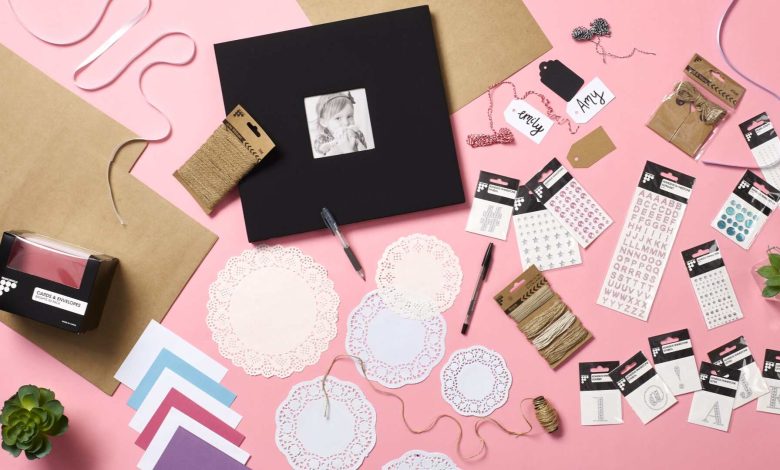Choosing the Perfect Scrapbook Paper for Your Project

Scrapbooking is a delightful way to preserve memories and showcase creativity. From family albums to personalized gift-making, the right scrapbook paper can transform a simple collection of photographs and memorabilia into a stunning keepsake. Each paper selection contributes to the overall aesthetic and durability of the scrapbook. Understanding the types, qualities, and appropriate uses of different scrapbook papers will ensure your projects stand the test of time. Below, we’ll explore how to select the perfect paper for your scrapbooking ventures.
Understanding Scrapbook Paper Types and Their Unique Qualities
Scrapbook paper comes in various types, each serving a unique purpose. Cardstock provides a sturdy base, while patterned paper adds visual interest. Textured options like linen or canvas enhance the tactile experience, and vellum creates depth with its transparent layering. The environmental impact of these materials may also influence your choice.
Specialty papers, including glittered, metallic, or embossed varieties, offer decorative touches that make pages stand out. While they can be pricier, they add a premium feel. Choosing scrapbook paper based on your theme—soft pastels for baby albums or bold patterns for travel journals—helps shape the overall look of your project.
The Importance of Weight and Texture in Scrapbook Paper Selection
Selecting the right scrapbook paper is crucial for its aesthetic value and usability. Weight, measured in GSM, indicates the paper’s thickness and durability. Heavier papers like cardstock are ideal for album covers and base pages, while textures can enhance the look of the scrapbook.
It’s essential to balance these factors with the overall structure of the scrapbook. Too many heavy papers can make the album bulky and difficult to handle, while too much texture may compete with the photos and mementos. A mix of paper types within a single project can yield the best results.
Color Theory and Pattern Coordination for Harmonious Scrapbook Pages
Color theory can guide you in creating a color palette that complements your photos and memorabilia. Opposite colors on the color wheel can create a dynamic look, while analogous colors provide a harmonious feel. Pattern coordination is crucial, adding vibrancy but not distracting from content.
A mix of larger and smaller scale patterns can offer balance, but share a common color or theme to unify the page’s appearance. Neutral tones can serve as a backdrop for photos or intricately patterned papers, acting as a palate cleanser between more vivid pages or highlighting emotional tone. Seasonal and thematic projects benefit from careful color and pattern selection, ensuring the scrapbook resonates with the intended message and emotion.
Archival Quality and Preservation: Picking Paper That Lasts
Scrapbooks are cherished keepsakes, so their longevity is crucial. Archival quality papers are acid-free and lignin-free, preventing yellowing and deterioration over time. Investing in high-quality, acid-free paper ensures your memories are preserved in the best possible condition. Fade-resistant or UV-protected papers are recommended for frequent display or handling.
Storage conditions like humidity and temperature also affect the longevity of the paper and scrapbook. Preservation extends to adhesives and other materials, so opt for preservation-grade adhesives to protect the entire scrapbook. Consider using archival quality plastic page protectors or interleaving sheets to create a protective environment against dust, light, and handling damage without compromising the scrapbook’s integrity.
Trends and Themes: Matching Scrapbook Paper to Your Project’s Concept
Scrapbooking trends are constantly changing, with watercolor designs, geometric patterns, and botanical prints being popular choices. The theme of your scrapbook should remain the main focus. The paper you choose should reflect the story you’re telling, whether it’s rustic for an outdoor adventure album or sleek for a cityscape travelogue.
Personal taste should not be overshadowed by trends, as the scrapbook is an extension of the creator’s vision. The recipient of the scrapbook can also guide your paper choices, as a friend’s favorite colors and themes might be a good example. The theme and audience should harmonize, leaving a lasting impression.
Overall, the perfect scrapbook paper is the one that best suits your project, blending durability with design. With the right considerations for type, weight, color, archival quality, and thematic relevance, your scrapbooks will not only be beautiful but also stand the test of time. Embrace the vast array of choices before you, and make scrapbooking an adventure in creativity and personal expression.





